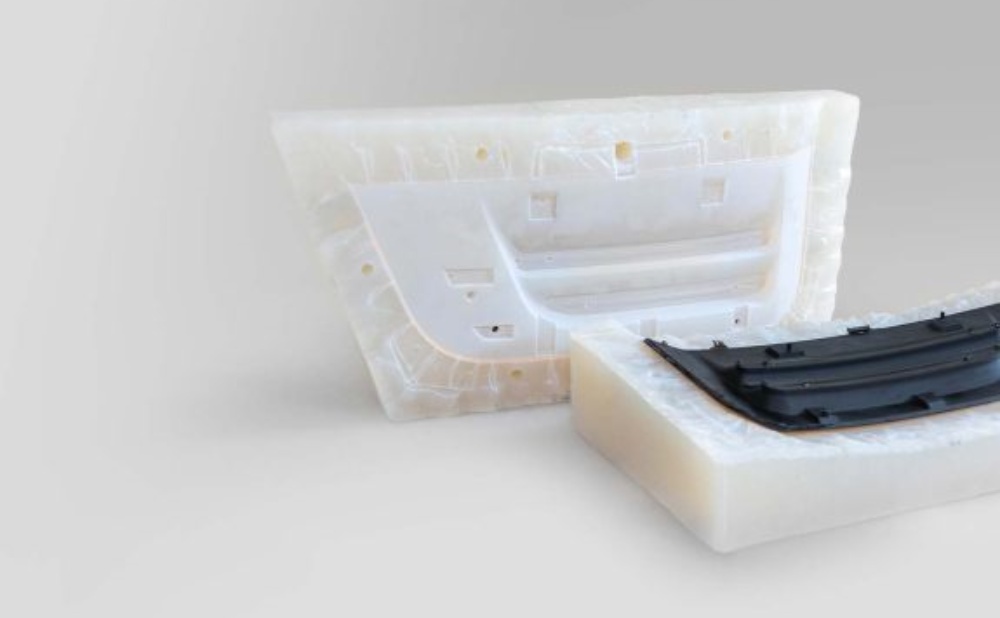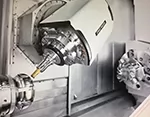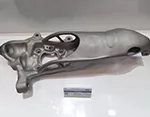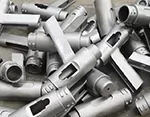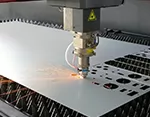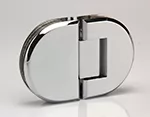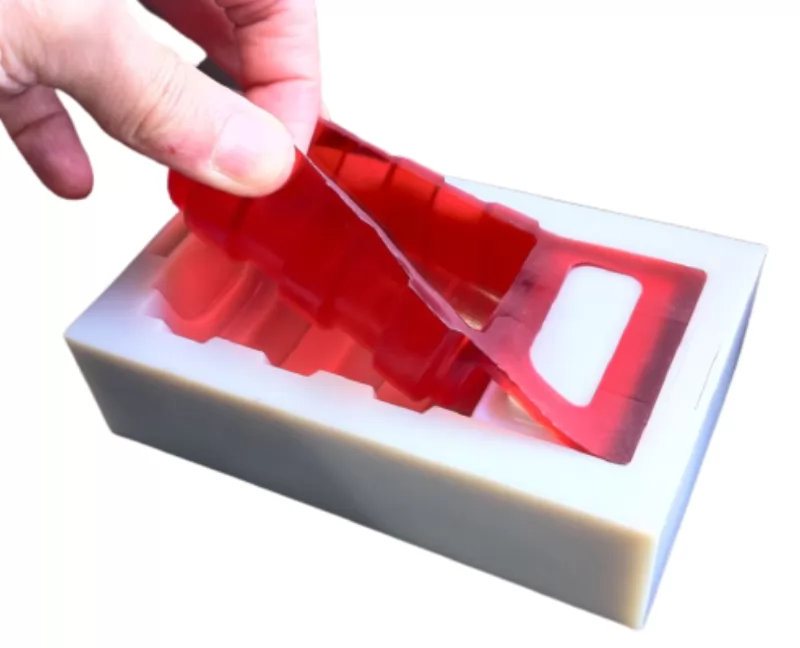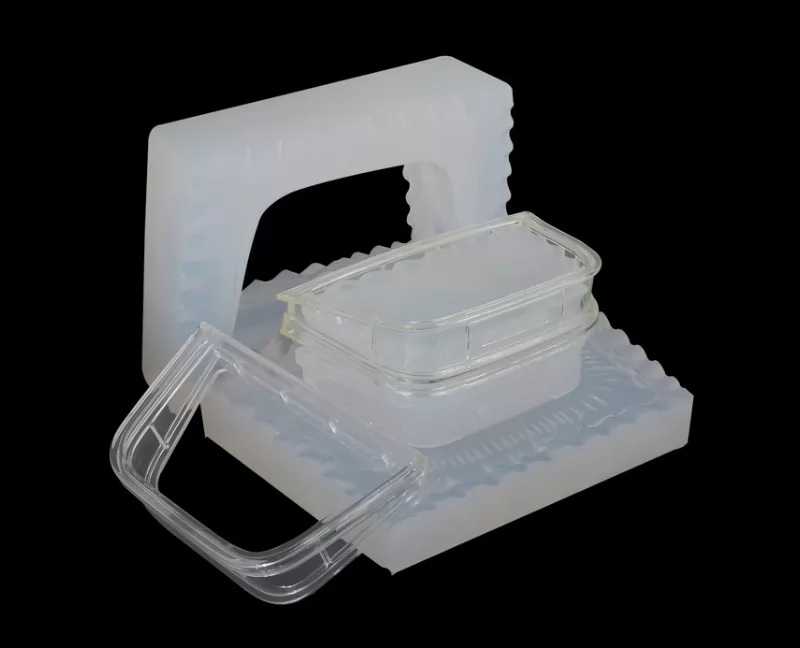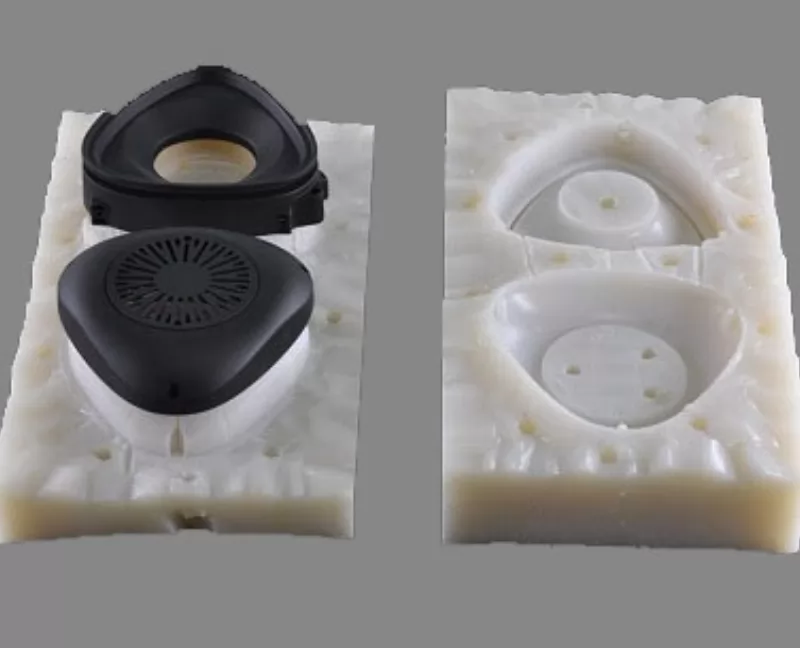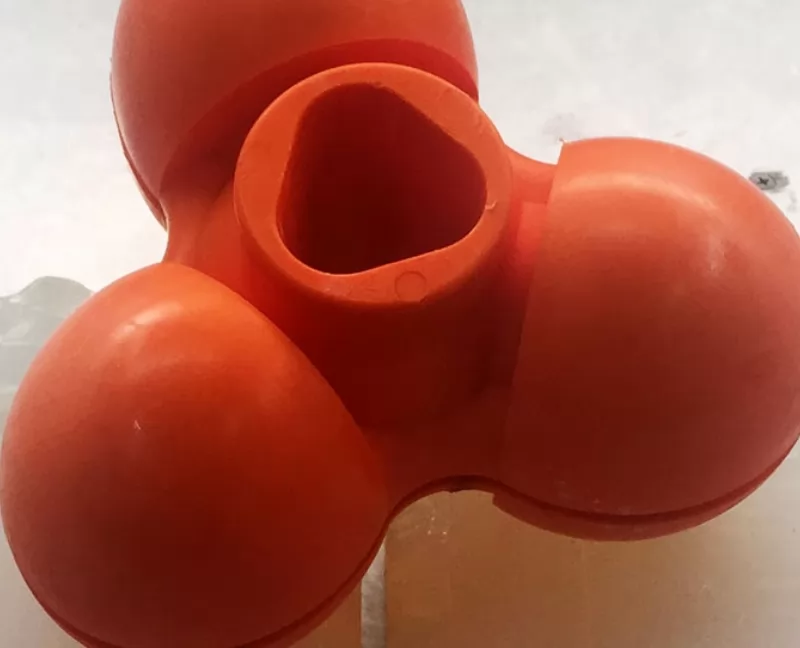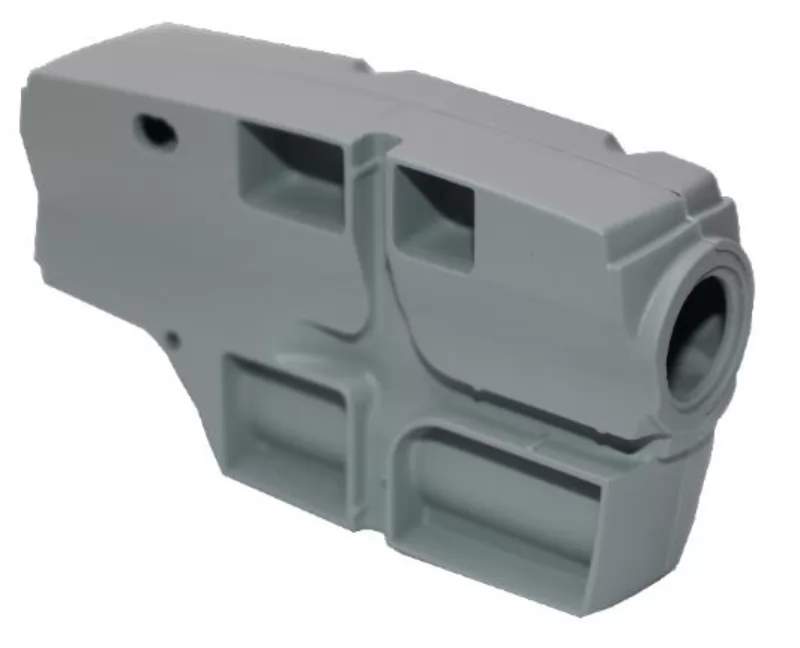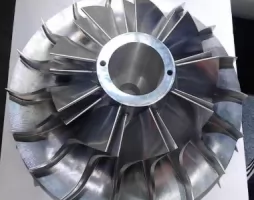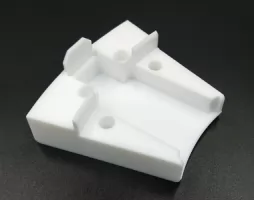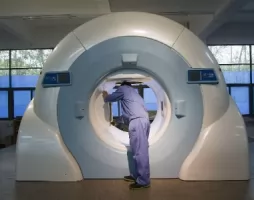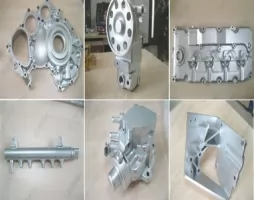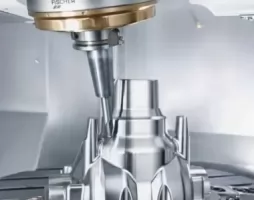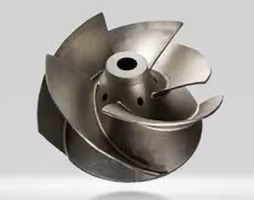-
Service
+
- CNC Precision Machining Service +
- Multi-Axis Simultaneous Machining Service +
- CNC Turning Service +
- Metal 3D Printing Service +
- Rapid Prototyping Service +
- Die Casting Service +
- Sheet Metal Fabrication Service +
-
Finish Serivces
+
- Polishing
- Grinding
- Brushed Finish
- Sand blasting
- Painting
- Powder Painting
- Anodizing
- Hard anodizing Service
- Passivation
- Zinc Plating
- Nickel Plating
- Chrome Plating
- Blackening
- Black Zinc Plating
- Teflon Coating
- Titanium Coating
- DLC Coating
- Laser Marking
- Silk Screen Printing
- Transfer Printing
- Micro Arc Oxidation
- Industries +
- About Us +
- Resource +
- Contact Us
- Quote

-
Service
-
>
-
>
-
>
-
>
-
>
-
>
-
>
-
>
-
- Industries
- About Us
- Resource
- Contact Us
Vacuum Casting is a widely used process in rapid prototyping, typically used for building 10 to 50 pieces of functional prototypes out of broad range of polyurethanes and other polymers. We can accurately reproduce the prototypes with original color, over-mold, texture and geometries from the master model and components.
What Is Vacuum Casting
Vacuum casting is a versatile and precise manufacturing process used to create high-quality prototypes and production parts. It is particularly well-suited for small to medium production runs. The process involves casting polyurethane resins into a silicone mold to replicate a master pattern, typically created using 3D printing or CNC machining.
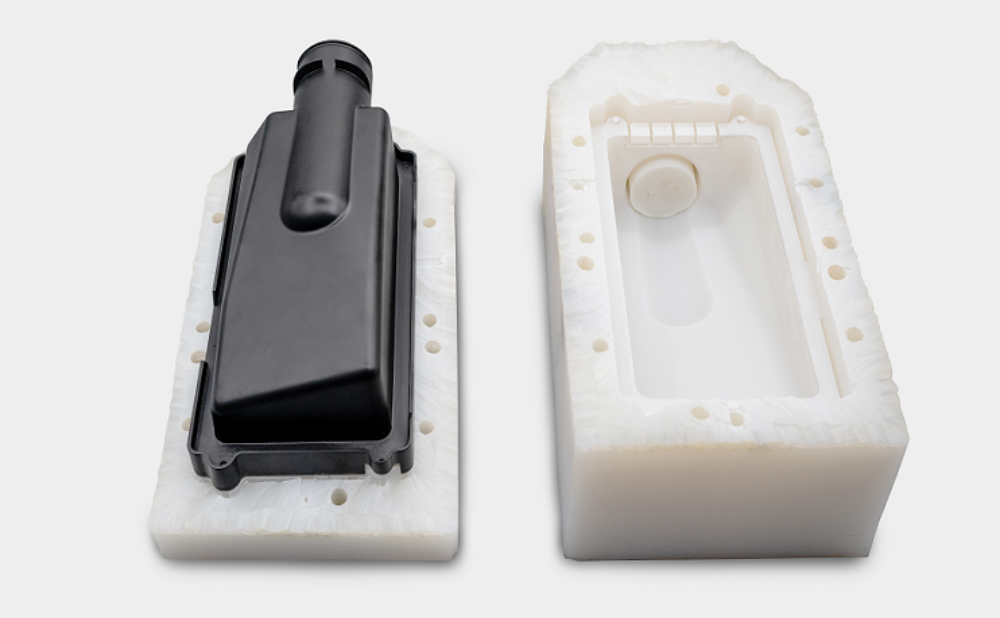
Materials Used
The choice of material depends on the specific requirements of the project, including the desired material properties, flexibility, rigidity, color, and heat resistance. Vacuum casting offers the advantage of being able to replicate the material properties of the final production material, allowing for realistic testing and validation of prototypes before committing to full-scale production.
Polyurethane Resins
These are the most common materials used in vacuum casting. Polyurethane resins come in various formulations, including rigid, flexible, and elastomeric options. They can mimic the properties of a wide range of production materials, making them suitable for creating prototypes that closely resemble the final product.
Silicone Rubbers
Silicone rubbers are used for creating the flexible molds in the vacuum casting process. They can withstand the pressure and heat applied during the casting and curing steps. The choice of silicone rubber depends on factors like mold flexibility and durability.
Casting Pigments
Pigments can be added to polyurethane resins to achieve specific colors or visual effects in the final cast parts. This is important for aesthetic or branding purposes.
Fillers
Some applications may require the addition of fillers to the resins, such as glass fibers or carbon fibers. Fillers can enhance the mechanical properties of the cast parts, making them more durable or heat-resistant.
Fire-Retardant Resins
In applications where fire resistance is critical, fire-retardant polyurethane resins can be used. These materials are designed to meet specific safety standards and regulations.
Clear Resins
Transparent or clear polyurethane resins are used when creating parts where visibility or optical clarity is important, such as lenses, enclosures, or displays.
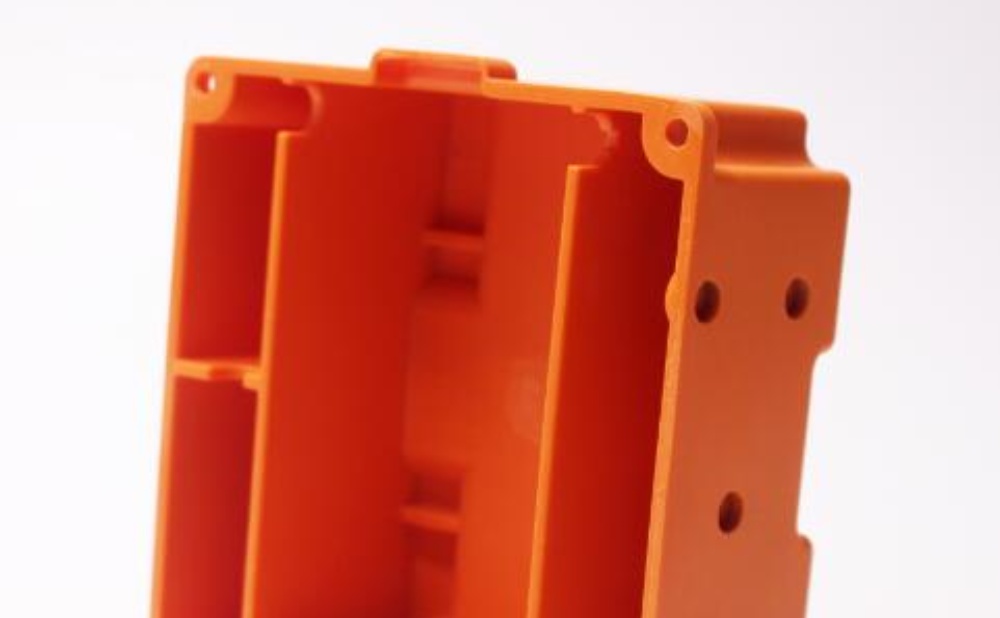
How Does Vacuum Casting Work
At Kesu, we go above and beyond to ensure that your demands are met with precision and excellence. Our team of experts takes great care in selecting the most suitable production process tailored specifically to your needs. With our extensive knowledge and experience in rapid prototyping, we guarantee optimal results that align with your vision.
1. Master Pattern Creation
The process starts with the creation of a master pattern, usually made from 3D-printed plastic or CNC-machined material. This pattern represents the final product's design and geometry.
2. Silicone Mold Making
A flexible silicone mold is created by placing the master pattern in a container and covering it with liquid silicone. After curing, the silicone mold is cut to create a cavity without damaging the master pattern.
3. Casting
The mold is placed in a vacuum chamber, and liquid polyurethane resin is poured into the cavity. The vacuum chamber removes air bubbles from the material, ensuring a precise replication.
4. Curing
The mold is placed in an oven to cure the resin. Once hardened, the cast part can be removed from the mold.
5. Finishing
The resulting cast part is removed from any excess material and then finished, which may include painting, assembly, or other post-processing steps.
